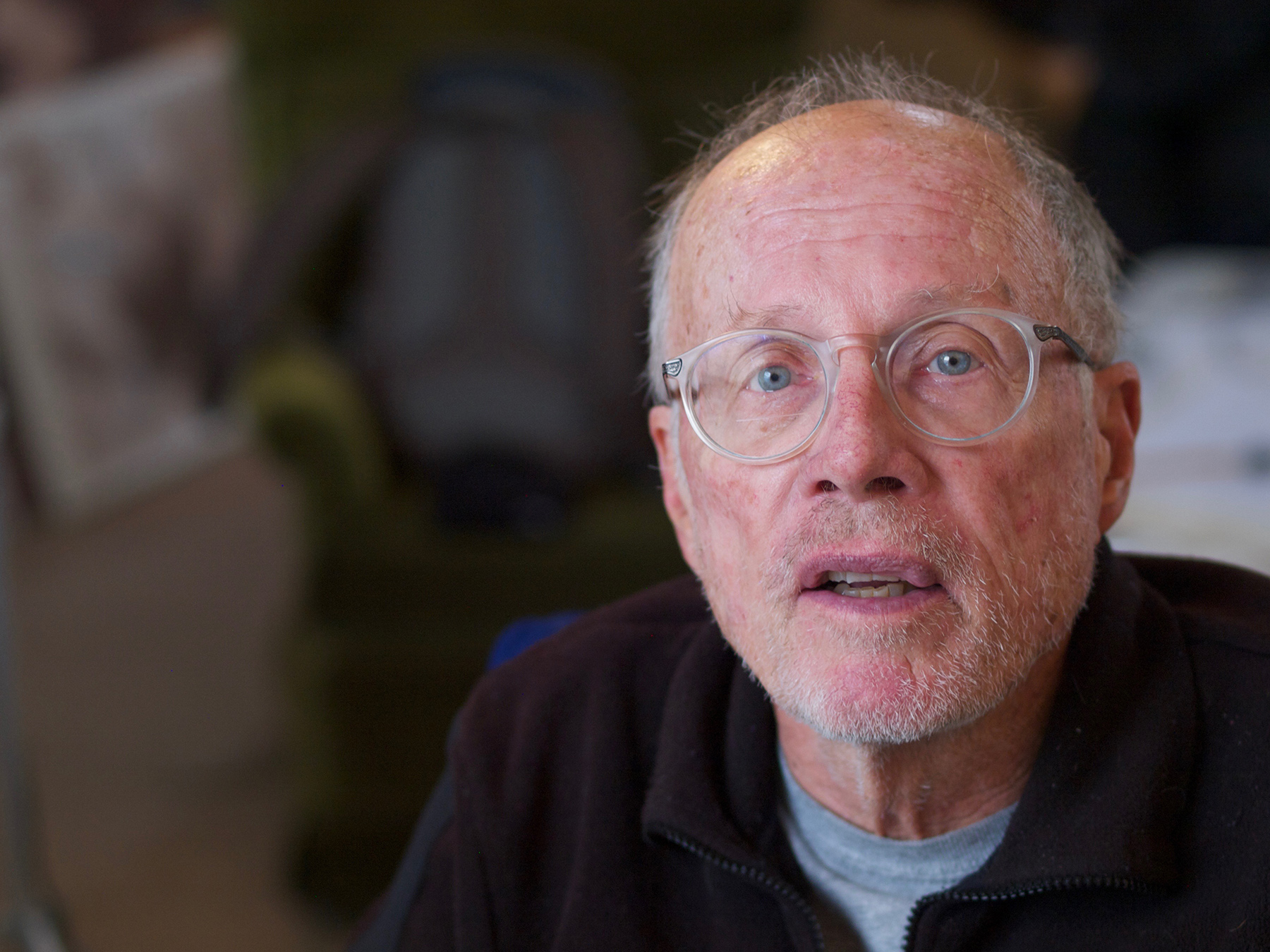So, the name Anthony Tony Smith popped up the other day. I vaguely remember seeing something about him, maybe some art piece, looked it up again. Yeah, big, simple shapes, right? Stuff like ‘Die’, that big steel cube. Looks simple, but making something like that, getting it just right, probably isn’t.

It kinda reminded me of this project I got myself into a while back. Not art, mind you, just some practical stuff for the workshop. I had this idea to build a super modular shelving system. Simple parts, right? Just connectors and standard lengths of wood or metal. Easy peasy, I thought.
The Planning Phase
I spent a good weekend sketching it out. Standardized joints, interchangeable pieces. The goal was ultimate flexibility. Need a tall shelf? Stack ’em up. Need a wide one? Connect ’em sideways. It looked so clean on paper, very straightforward. Like one of those minimalist designs where everything just clicks.
- Got the materials – mostly aluminum extrusions and some 3D printed connector pieces I designed.
- Measured everything twice, cut once. The usual routine.
- Started assembling the first basic cube unit.
Where Simple Got Complicated
Well, theory met reality pretty fast. The first snag? Tolerances. My 3D prints weren’t quite perfect. Some connectors were too tight, others too loose. Getting that first cube frame perfectly square took way longer than I expected. A little twist here, a bit of wobble there. It wasn’t clicking together like Lego.
Then, scalability. One cube was okay-ish. But when I tried connecting two or three? The tiny imperfections added up. Things didn’t align perfectly. What looked stable as a single unit felt flimsy when expanded. The weight distribution got tricky. The sheer repetition of assembling the ‘simple’ units became a grind.
I ended up spending ages tweaking the connector design, re-printing batches, sanding things down, adding little shims here and there. It was a lot of fiddly work to make the ‘simple’ system actually work reliably. It wasn’t just about the basic shapes; it was about how they interacted, the precision needed, the unseen forces at play.
Eventually, I got a functional setup, but it wasn’t the elegant, effortless system I first imagined. It worked, yeah, held my tools and stuff, but building it was a lesson. A lesson in how things that look basic and solid on the surface, like a big metal cube or a modular shelf plan, often hide a ton of trial, error, and careful adjustment underneath. You gotta actually do it, wrestle with it, to see the full picture. Just looking isn’t enough.


















